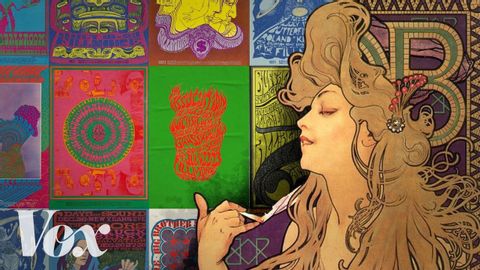60's「サイケデリック」や「ヒッピー」の由来は?
林宜悉 が 2023 年 07 月 25 日 に投稿  この条件に一致する単語はありません
この条件に一致する単語はありませんUS /ˈkɑnˌflɪkt/
・
UK /'kɒnflɪkt/
- n. (c./u.)対立;対立;戦争;内なる葛藤
- v.t./i.矛盾する : 衝突する
US /ɛsˈθɛtɪk/
・
UK /i:sˈθetɪk/
- adj.美的な;様式美
- n.美的価値観;美学;美的感覚
- adj.大胆な;際立った;太字の
- n.肉太活字:ボールド
エネルギーを使用
すべての単語を解除
発音・解説・フィルター機能を解除
